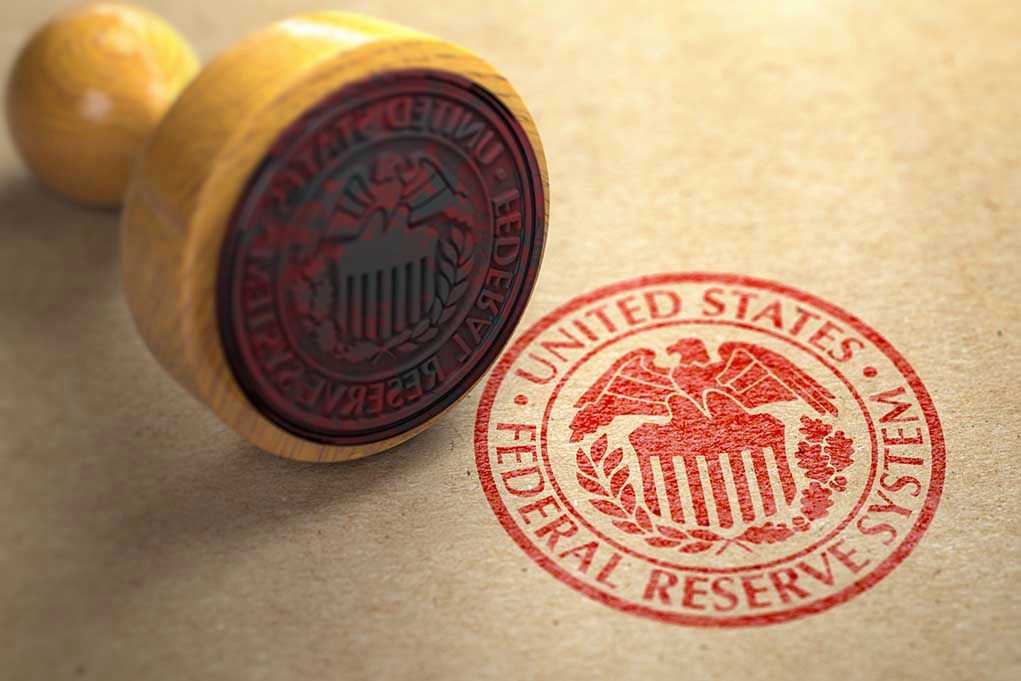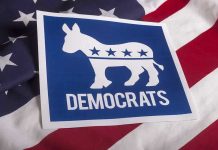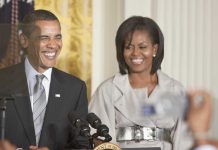
The Federal Reserve’s decision to hold interest rates steady reveals a deepening rift with President Trump, raising questions about the future of central bank independence in the United States.
At a Glance
- The Federal Reserve is expected to maintain current interest rates for the fifth consecutive meeting, ignoring President Trump’s demands for rate cuts.
- President Trump has intensified criticism of Fed Chair Jerome Powell, even visiting the Fed to advocate for lower rates.
- At least two Federal Open Market Committee (FOMC) members are expected to dissent from the consensus to hold rates steady.
- This ongoing tension highlights concerns about the erosion of the Federal Reserve’s independence and potential economic consequences.
Federal Reserve Holds Firm Against Political Pressure
The Federal Reserve is set to hold its short-term interest rate steady, marking the fifth consecutive meeting without a change. This decision comes despite mounting pressure from President Donald Trump, who has been vocal in his demands for rate cuts. Trump’s push for lower rates aims to reduce government borrowing costs and stimulate the economy, aligning with his political and fiscal goals. However, Fed Chair Jerome Powell remains steadfast in his cautious, data-driven approach, prioritizing inflation control and institutional integrity.
The tension between the White House and the Federal Reserve is nothing new, but Trump’s direct involvement, including a rare visit to the Fed headquarters, underscores the unprecedented nature of this confrontation. Historically, the Federal Reserve has maintained its independence from political influence, a key pillar of U.S. economic policy. However, Trump’s public criticism and lobbying efforts raise questions about the extent to which the Fed can resist political pressure while maintaining its credibility and independence.
Implications of the Fed’s Decision
The Federal Reserve’s decision to hold rates steady has significant implications for both the short-term and long-term economic landscape. In the short term, continued policy uncertainty may contribute to market volatility, while political pressure threatens to undermine confidence in the Fed’s independence. The government’s borrowing costs remain high, potentially constraining fiscal policy and impacting public spending. As the presidential campaign heats up, the Fed’s perceived independence is likely to become a key issue.
In the long term, the precedent of direct presidential intervention poses a risk to the autonomy of the central bank. If the Fed yields to political pressure, there is a potential for higher inflation, reminiscent of past economic missteps. The global perception of U.S. economic governance could suffer, affecting international markets and relationships. The financial sector, particularly banking and lending industries, remains sensitive to rate decisions, as they directly impact growth and investment.
Expert Opinions and Market Reactions
Industry experts warn that the Federal Reserve’s independence is at risk due to Trump’s pressure campaign. J.P. Morgan highlights the potential long-term damage to institutional credibility, emphasizing the importance of maintaining central bank autonomy for economic stability. Market analysts note that while the Fed is likely to hold rates steady for now, persistent political pressure could eventually sway policy decisions, affecting inflation and economic growth.
Economists stress the need for an independent central bank to manage inflation expectations effectively. They caution that repeated public criticism from the president may undermine the Fed’s ability to perform its duties. Diverse viewpoints exist, with some arguing that the Fed should be more responsive to fiscal realities, while others maintain that succumbing to political pressure risks a repeat of historical mistakes that led to runaway inflation. The debate over the Fed’s role and independence continues to be a focal point in the political landscape as the 2025 election approaches.
Sources:
Federal Reserve – FOMC Calendars

















